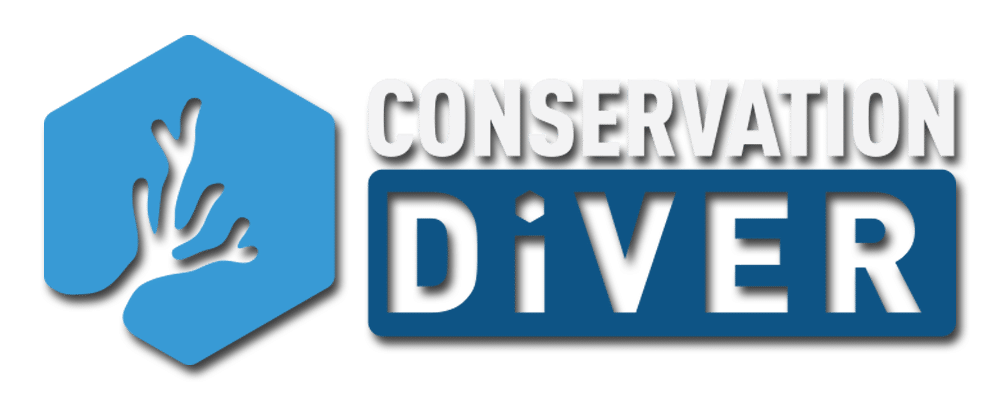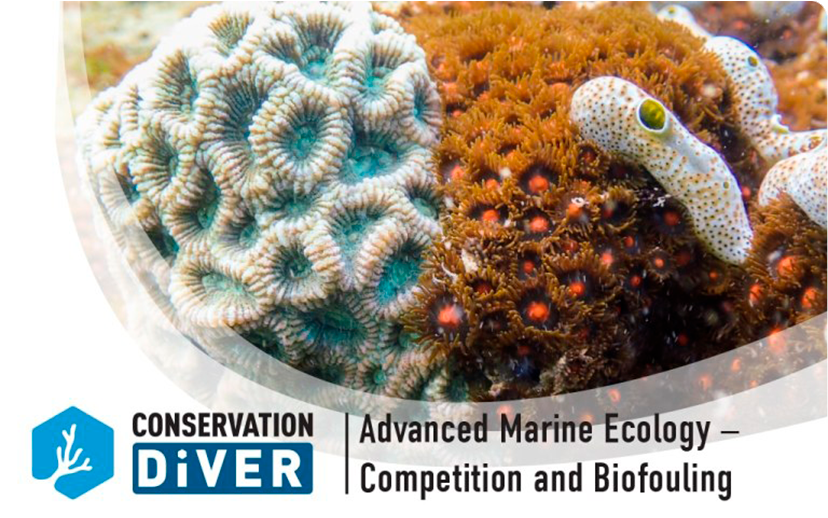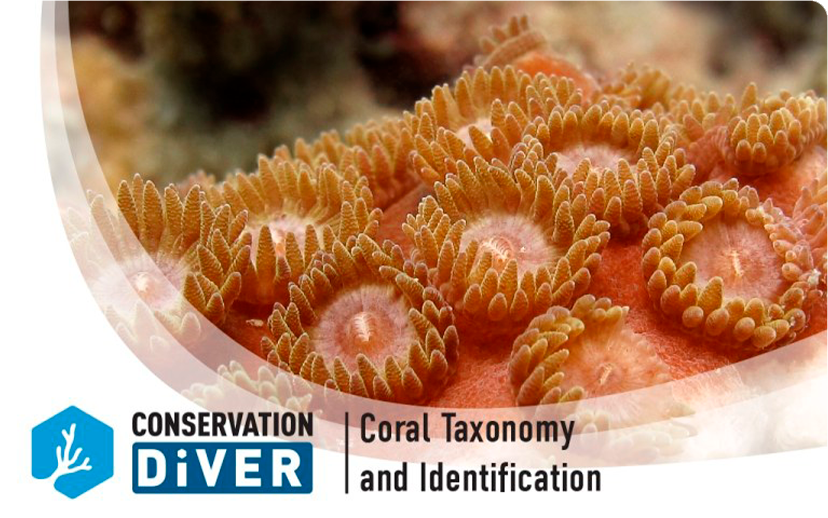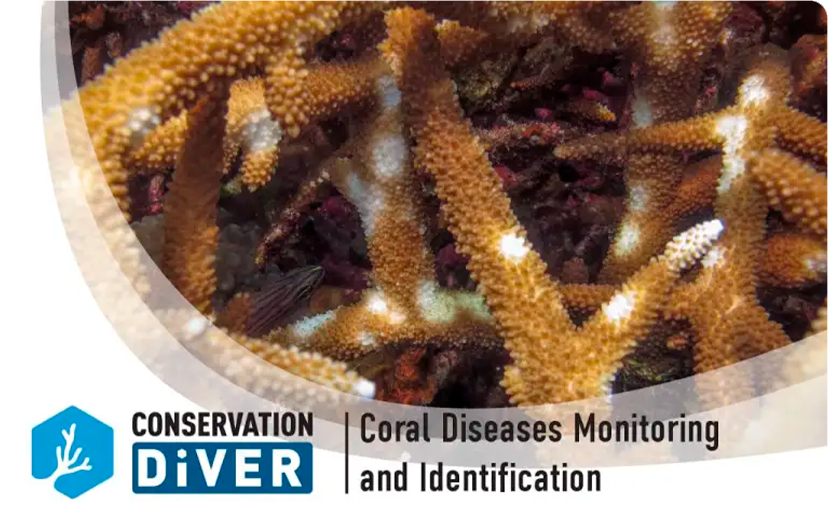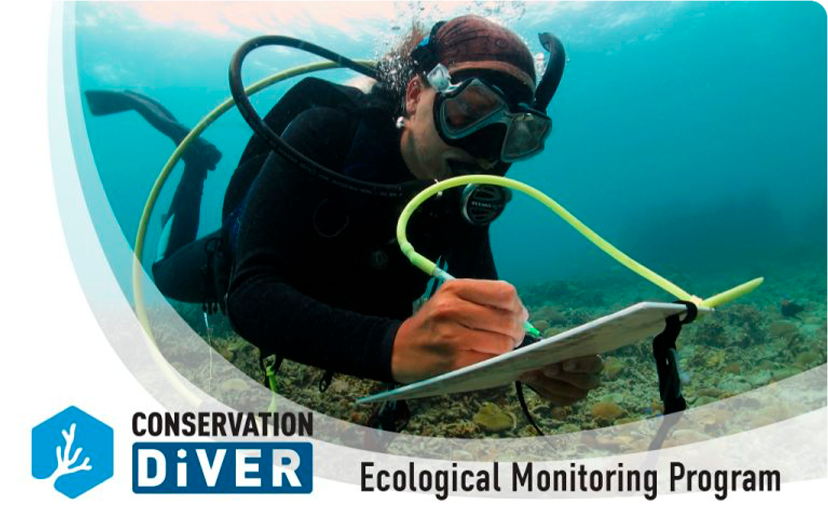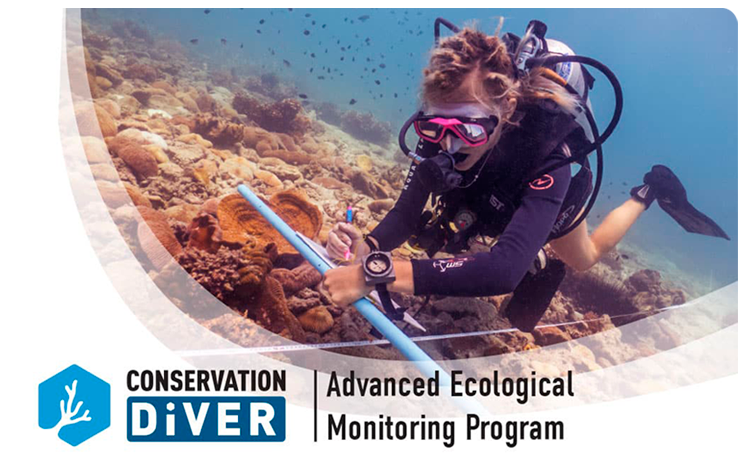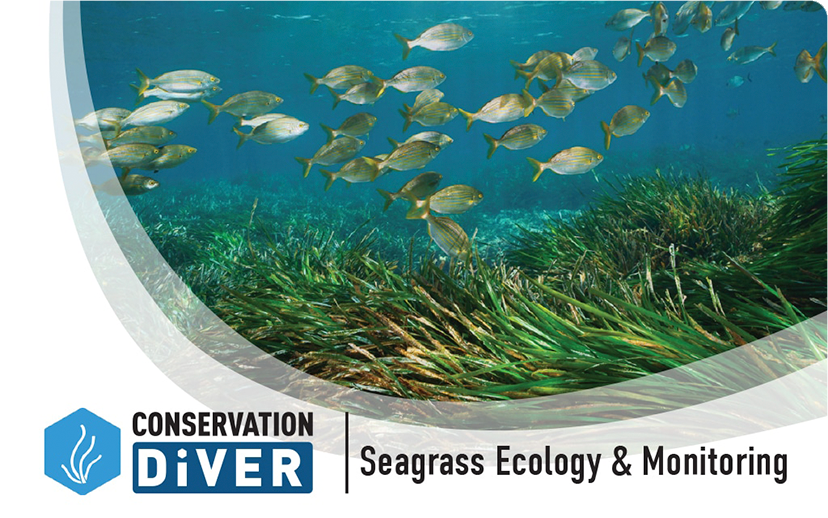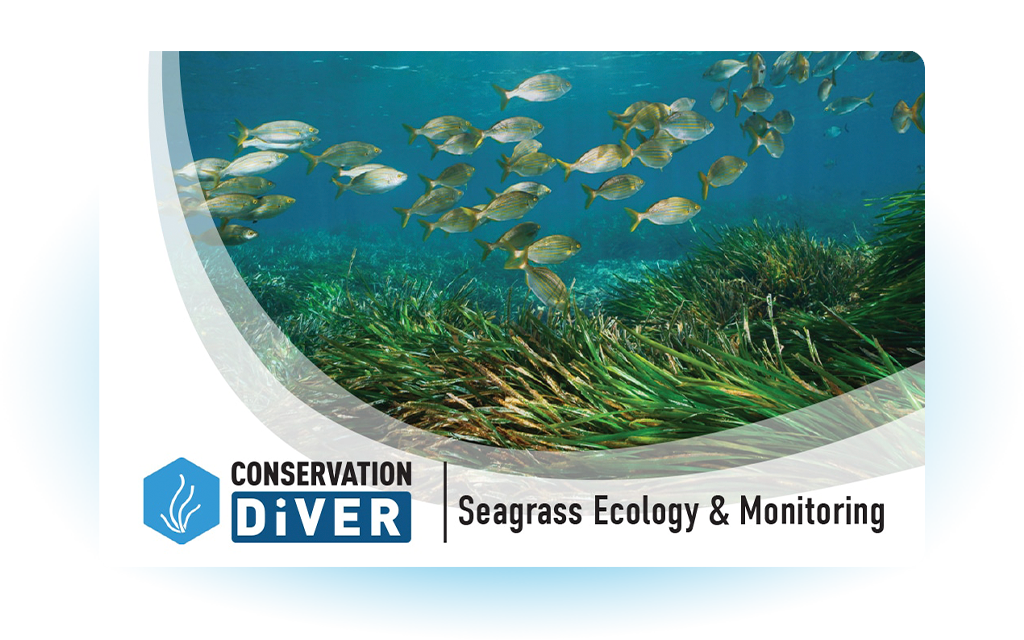
Seagrass Ecology & Monitoring
Seagrass meadows are crucial components of coastal ecosystems. They prevent erosion, regulate nutrient flow to coral reefs, provide habitat and nurseries for marine life, and serve as vital carbon sinks. They are also essential food sources, supporting herbivorous and detritivorous food chains, with species like dugongs and green sea turtles relying heavily on them. However, these meadows are rapidly declining, with a 30% loss since the 1980s. This course aims to raise awareness of the human-induced threats they face and generate research to advance understanding and conservation efforts for these vital ecosystems.
Familiarize yourself with the anatomy and morphology of various seagrass types, focusing on diagnostic features for identification.
Differentiate between terrestrial plants and seagrass.
Grasp the taxonomic system for classifying marine plants and microorganisms, including family and genus recognition, and learn techniques for monitoring and recording seagrass data.
Understand the significance of seagrass and the current threats it faces.
Program Eligibility and Requirements
To join the Seagrass Ecology & Monitoring Program, participants need to meet the following criteria:
- Age Requirement: Applicants must be 12 years of age or older.
- Diver Certification: Applicants should hold certification as an Advanced diver from a recognized diving organization such as PADI, SSI, RAID, or similar. Alternatively, Open Water divers can be eligible if they have successfully completed a buoyancy appraisal under the guidance of a professional diver.
- Diving Proficiency: Applicants need to showcase advanced diving skills, including excellent buoyancy control and self-awareness.
- Certifications: Interested individuals must have completed the following certifications offered by our program:
Upon Enrollment in the Course, participants will be required to:
- Attend the practical session to understand the monitoring techniques used to survey seagrass
- Practice identifying seagrass on land using photo analysis and/or specimens
- Perform 2 survey dives to analyse seagrass coverage and density using different methodologies
- Be able to accurately identify at least 5 of the most common seagrass genera to the region
- Complete e-Learning
Published papers and reports derived through the teaching of this course
- Recruitment of hard coral communities on giant clam shells (Cardiidae: Tridacna) differ from surrounding reef habitats at a tourist destination in the Gulf of Thailand Rahul Mehrotra, Alyssa Allchurch, Coline Monchanin, Chad M Scott
- Citizen science reveals the population structure and seasonal presence of whale sharks in the Gulf of Thailand Kirsty Magson, Emily Monacella, Chad Scott, Noémie Buffat, Sirachai Arunrugstichai, Metavee Chuangcharoendee, Simon J Pierce, Jason Holmberg, Gonzalo Araujo
- Population dynamics of corallivores (Drupella and Acanthaster) on coral reefs of Koh Tao, a diving destination in the Gulf of Thailand by Chad M. Scott, Rahul Mehrotra, Margaux Y. Hein, Michelangelo S. Moerland, and Bert W. Hoeksema
- Rare zooxanthellate Nanipora octocoral (Helioporacea) in the Gulf of Thailand by Pau Urgell Plaza, Rahul Mehrotra, Chad M. Scott and James Davis Reimer
- Changes in hard coral abundance and composition on Koh Tao, Thailand, 2006-2014 by Chad M. Scott, Rahul Mehrotra, Madalena Cabral and Sirachai Arunrugstichai
- An update to the list of coral reef fishes from Koh Tao, Gulf of Thailand by Patrick Scaps and Chad M. Scott
- Incident Report and Restoration Overview: Boat Grounding, Chalok Ban Kao Reef, January 2017 2015. by Chad Scott, Spencer Arnold, Elouise Haskin, Kirsty Magson, Rahul Mehrotra, Joel Rorher, Pau Urgell Plaza
